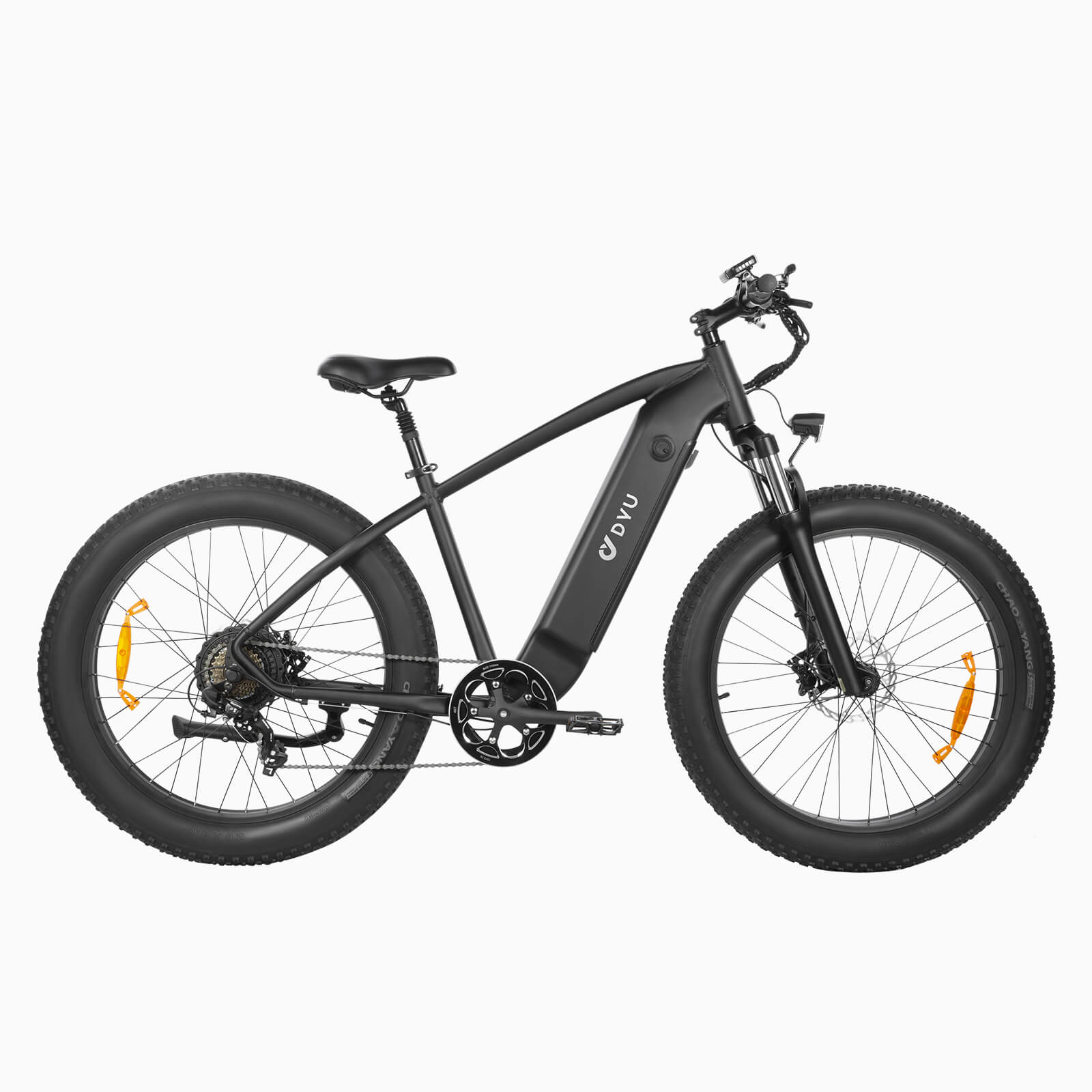Choosing the Perfect E-Bike: Insights from Industry Experts and Reputable Companies
Cuerpo
Electric bikes, also known as e-bikes, have gained immense popularity in recent years. With advancements in technology and a growing concern for the environment, more and more people are turning to e-bikes as a sustainable and efficient mode of transportation. However, with a wide range of options available in the market, choosing the perfect e-bike can be a daunting task. In this article, we will explore insights from industry experts and reputable companies to help you make an informed decision.

Understanding the Different Types of E-Bikes
Before diving into the details, it is essential to understand the different types of e-bikes available. E-bikes can be broadly categorized into three main types: pedal-assist, throttle-assist, and speed pedelec.
1. Pedal-Assist E-Bikes: These e-bikes provide assistance to the rider when pedaling. The motor kicks in as soon as the rider starts pedaling and provides a boost to their efforts. This type of e-bike is ideal for those who want to maintain an active lifestyle while enjoying the benefits of electric assistance.
2. Throttle-Assist E-Bikes: Throttle-assist e-bikes, as the name suggests, are equipped with a throttle that allows the rider to control the speed without pedaling. This type of e-bike is perfect for those who may have physical limitations or prefer a more relaxed riding experience.
3. Speed Pedelec: Speed pedelecs are high-performance e-bikes that can reach speeds of up to 28 mph (45 km/h). They are designed for those who need to cover long distances quickly or for those who enjoy the thrill of high-speed riding.
Factors to Consider When Choosing an E-Bike
Now that we have a basic understanding of the different types of e-bikes, let's explore the factors you should consider when choosing the perfect e-bike for your needs.
Battery Range and Capacity
One of the most crucial factors to consider is the battery range and capacity of the e-bike. The battery range determines how far you can travel on a single charge, while the capacity determines how much power the battery can hold. It is essential to choose an e-bike with a battery range that aligns with your daily commuting needs.
For example, if you have a long daily commute, you may want to opt for an e-bike with a larger battery capacity and a longer range. On the other hand, if you primarily use your e-bike for short trips around the city, a smaller battery capacity may be sufficient.
Motor Power and Performance
The motor power and performance of an e-bike play a significant role in determining its overall performance. The motor power is measured in watts and determines how much assistance the motor can provide. Higher wattage motors generally offer more power and better performance.
Additionally, consider the type of motor used in the e-bike. There are two main types: hub motors and mid-drive motors. Hub motors are located in the wheel hub and provide direct power to the wheel, while mid-drive motors are located near the pedals and provide power directly to the drivetrain. Each type has its advantages and disadvantages, so it's essential to choose one that suits your riding style and terrain.
Frame Design and Comfort
The frame design and comfort of an e-bike can significantly impact your riding experience. Consider factors such as frame material, geometry, and suspension. Aluminum frames are lightweight and durable, while carbon frames offer enhanced shock absorption. The frame geometry should be comfortable and ergonomic, allowing for a relaxed riding position.
Furthermore, consider the suspension system of the e-bike. Front suspension forks or full suspension systems can provide a smoother ride, especially on rough terrains. This is particularly important if you plan on using your e-bike for off-road adventures.
Price and Warranty
Lastly, consider the price and warranty offered by the e-bike manufacturer. E-bikes can vary significantly in price, depending on their features and specifications. Set a budget and look for e-bikes that offer the best value for money.
Additionally, check the warranty offered by the manufacturer. A longer warranty period indicates the manufacturer's confidence in the quality and durability of their product.
Conclusion
Choosing the perfect e-bike requires careful consideration of various factors such as battery range, motor power, frame design, and price. By understanding the different types of e-bikes and considering these factors, you can make an informed decision that aligns with your needs and preferences.
Remember to test ride different e-bikes and consult industry experts or reputable companies for further guidance. Happy e-biking!










Comentarios